#politicalresistance
Explore tagged Tumblr posts
Text
The Sinister Symphony: Unraveling the Nexus of Music and Political Propaganda
In this murky world, music becomes more than just a medium of artistic expression; it transforms into a potent weapon that can sway hearts, manipulate minds, and solidify the foundations of political control. With every note, composers and propagandists alike have woven tales of loyalty, nationalism, and dissent, leaving an indelible mark on the muniments of time.
I. The Power of Melody: Stirring Emotions and Shaping Minds
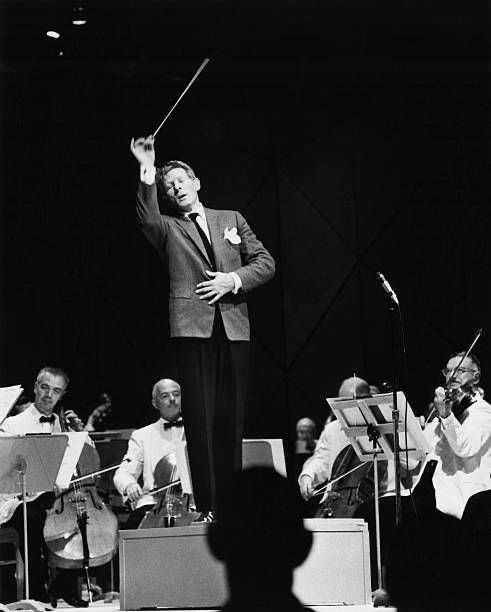
Music, with its ability to evoke emotions and touch the soul, has been harnessed by political leaders to sway the masses. Propagandists carefully select melodies that resonate with collective sentiments, using them as a conduit to deliver their messages. Whether it's the rousing anthems of patriotism or melancholic ballads of sacrifice, music can enchant minds and manipulate perceptions. For example
Nazi Germany's Propaganda Machine
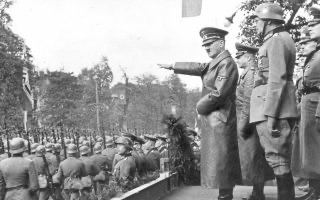
During the dark days of Nazi Germany, the Third Reich skillfully employed music to propagate their ideology. The infamous "Horst-Wessel-Lied" became the anthem of the Nazi Party, spreading its message of nationalism and anti-Semitic hatred. The orchestration of concerts and public performances ensured the dissemination of propaganda to the masses, leaving an indelible mark on history.
II. Musicians as Pawns: The Duality of Art and Politics
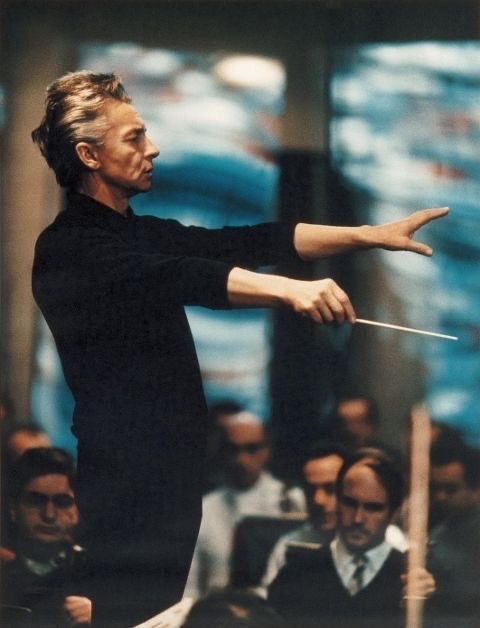
Artists, with their creative brilliance, often find themselves caught in the crossfire of political agendas. Music becomes a double-edged sword, providing an avenue for self-expression while potentially becoming a pawn for political manipulation.
THE SOVIET UNION’S CENSORSHIP OF DISSENT
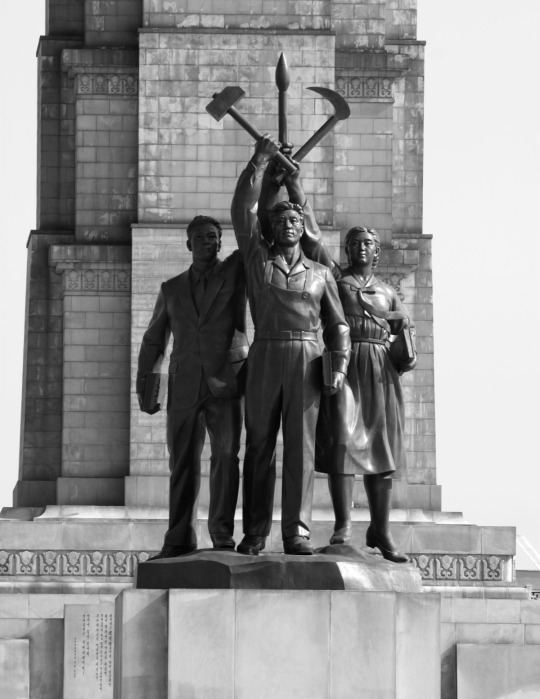
In the Soviet Union, musicians faced the pressure of conforming to the state's socialist realism principles. Those who deviated from the prescribed themes were censored or even persecuted. On the other hand, some artists found subtle ways to express dissent, embedding hidden meanings in their lyrics and compositions, attempting to circumvent the grip of political censorship.
III. Battle of Narratives: Music in Political Movements
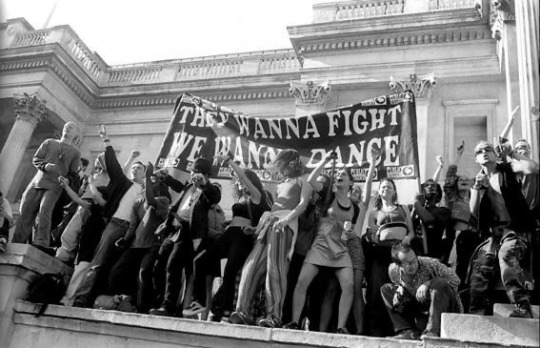
Political movements have harnessed music as a unifying force, igniting passion and inspiring change. From protests to revolutions, the anthems of resistance have amplified the voices of the oppressed and emboldened the fight against injustice.
The American Civil Rights Movement
The American Civil Rights Movement of the 1960s found strength in music. Songs like "We Shall Overcome" became the rallying cries for equality and justice. These musical expressions not only galvanized the movement but also inspired solidarity and resilience in the face of adversity.

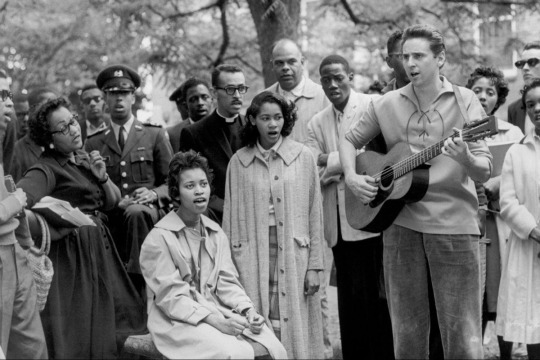
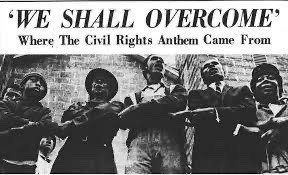
C O N C L U S I O N
As we venture deeper into the shadows of history, we encounter the haunting legacy of music entangled with political propaganda. Its undeniable power to sway emotions and shape minds has made it a potent weapon in the hands of manipulators throughout time.
Yet, we must also remember that music remains a reflection of our collective consciousness, capable of inspiring revolutions and giving voice to the silenced. As we tread this intricate tapestry of music and politics, let us be mindful of its duality and harness its potential to create a world where freedom of expression and human rights thrive.
@ivorytome
#music#propaganda#protestanthems#politicalnarratives#musicpolitics#PoliticalResistance#RevolutionaryMelodies#MusicAsResistance#PropagandaInfluence
7 notes
·
View notes
Text
BY WAY OF NOMADISM
The nomad does not stand for homelessness, or compulsive displacement; It is rather a figuration for the kind of subject who has rel inquished all idea, desire, or nostalgia for fixity. This figuration expresses the desire for an identity made of transitions, successive shifts, and coordinated changes, without and against an essential unity. The nomadic subject, however, is not altogether devoid of unity; his/her mode is one of definite, seasonal patterns of movement through rather fixed routes. It is a cohesion engendered by repetitions, cyclical moves, rhythmical displacement. ln this respect, I shall take the nomad as the prototype of the "man or woman of ideas" ; as Deleuze put it, the point of being an intellectual nomad is about crossing boundaries, about the act of going, regardless of the destination. "The life of the nomad is the intermezzo ... He is a vector of deterritorial ization." The nomad enacts transitions without a teleological purpose; Deleuze also gives as an example of this nomadic mode the figuration the "rhizome." The rhizome is a root that grows underground, sideways; Deleuze plays it against the linear roots of trees. By extension, it is "as if" the rh izomatic mode expressed a nonphallogocentric way of thinking: secret, lateral, spreading, as opposed to the visible, vertical ramifications of Western trees of knowledge. By extension, the rhizome stands for a nomadic political ontology that, not unlike Donna Haraway's "cyborg" (see "Re-figuring the Subject"), provides movable foundations for a post-human ist view of subjectivity. Nomadic consciousness is a form of political resistance to hegemonic and exclusionary views of subjectivity.
Rosi Braidotti
#nomad#nomadiclife#nomadicsubject#Deleuze#rhizome#deterritorialization#posthumanism#politicalresistance#subjectivity#identity#embodiment#Rosi Braidotti
12 notes
·
View notes
Text
A few days ago reddit user, JoinHomeFront aka Josh Smith, finished the first version of an app they've been working on since November 5th. It's called Homefront and you can join it at https://joinhomefront.org.
Several people here asked for updates on its launch, and while they tried replying to those comments, they encountered a shadowban which prevented them from posting updates as usual; wild, since they were simply replying specifically to people who asked for the link when it launched. they planned to share from their main account once it launched, but that wasn’t possible.
What Homefront offers now: Right now, the app features a to-do list with ideas on how to prepare yourself, your family, and your community in the face of authoritarianism. I’m actively working on new features like:
Sharing resources: books, links, videos, and more
Mapping threats in real-time
Connecting with people nearby
Organizing securely into groups
Pre-built templates for organizing
Your support:
You’ll notice a donation option within the app. Although Homefront is fully open source and contributions are welcome, the development has so far been self-funded. If you’re able and willing to spare a few dollars, your support would be invaluable in keeping this project alive and evolving.
Technical contributions:
If you're a developer and would be interested in volunteering your time, the app is on GitHub at https://github.com/joinhomefront/homefront. The app is React Native with TypeScript, tRPC, PostgreSQL with Kysely, using NativeWind for styling. The README is not up-to-date but I will be trying to update it post-haste.
Feedback Welcome:
I’d love to hear your feedback, ideas, or report any issues. Please feel free to comment below or send me a message.
Thank you for your support, and I hope Homefront can become a valuable resource for all of us.
for more information, please see the original reddit post
(https://www.reddit.com/r/TwoXPreppers/comments/1i5x8vd/homefront_today_its_a_todo_list_to_prepare/?utm_source=share&utm_medium=web3x&utm_name=web3xcss&utm_term=1&utm_content=share_button)
#Democracy#DefendDemocracy#PoliticalActivism#ResistFascism#ProtectFreedom#CommunityAction#FightFascism#FightFascism StandUpForDemocracy#SocialJustice#PoliticalResistance#Activism#Activism PoliticalAwareness#CommunityDefense#CivilRights#FreedomFighters#HumanRights#WeAreIt#PoliticalOrganizing#GetInvolved#CollectiveAction
0 notes